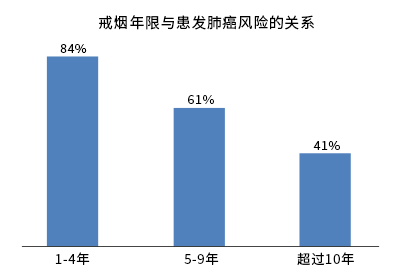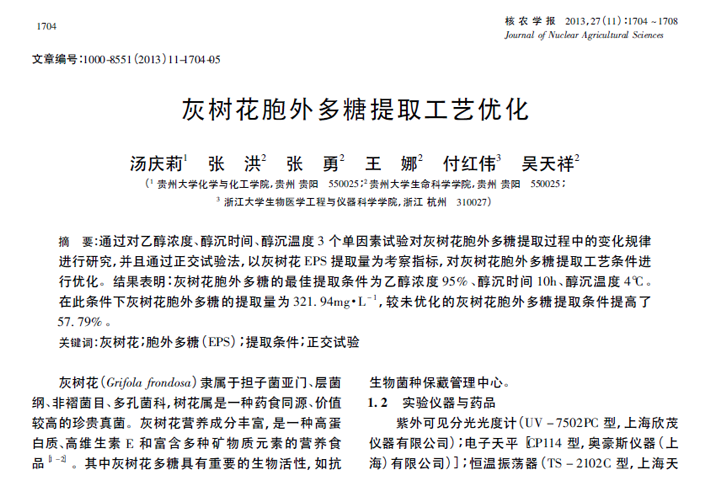The prognosis data of 38 common malignant tumors (including subtypes) in the early, middle and late stages are listed in this paper. The data are from SEER database in the United States. Based on the data of various cancer patients from 2011 to 2017, the 5-year survival rate is calculated. The number of cancer patients included in SEER database is the largest at present, and some types even reach hundreds of thousands, so the credibility is very high, which can be said to be the most authoritative prognostic data at present.
The tumor classification used in SEER database is not based on the American veterans' Lung Cancer Association (valg) or TNM staging, but SEER staging, which is divided into localized, regional and distance, which is basically equivalent to the early, middle and late stages of cancer we usually talk about. The later the stage is, the chance of living beyond 5 years will decline.
Interpretation of SEER staging:
• localized: the tumor is confined to the organ without peripheral invasion and lymph node metastasis. It is usually equivalent to phase I and partial phase II in TNM staging (not completely consistent).
• regional: the tumor invades the surrounding organs, or there is lymph node metastasis. It is usually equivalent to some stages II and III in TNM staging (not exactly consistent).
• late (distance): combined with distant metastasis, usually equivalent to stage IV in TNM stage.
All types of prognostic data include four columns: overall (that is, all cancer patients), prognostic data for early cancer, intermediate cancer, and advanced cancer. The ranking order is sorted according to the overall 5-year survival rate (if the overall 5-year survival rate is the same, it is sorted according to the late data), as shown in the following table:
Table 1 common 38 kinds of malignant tumors (including subtypes)
Early, middle and late prognosis data and ranking
(Note: the prognosis data is the 5-year survival rate)
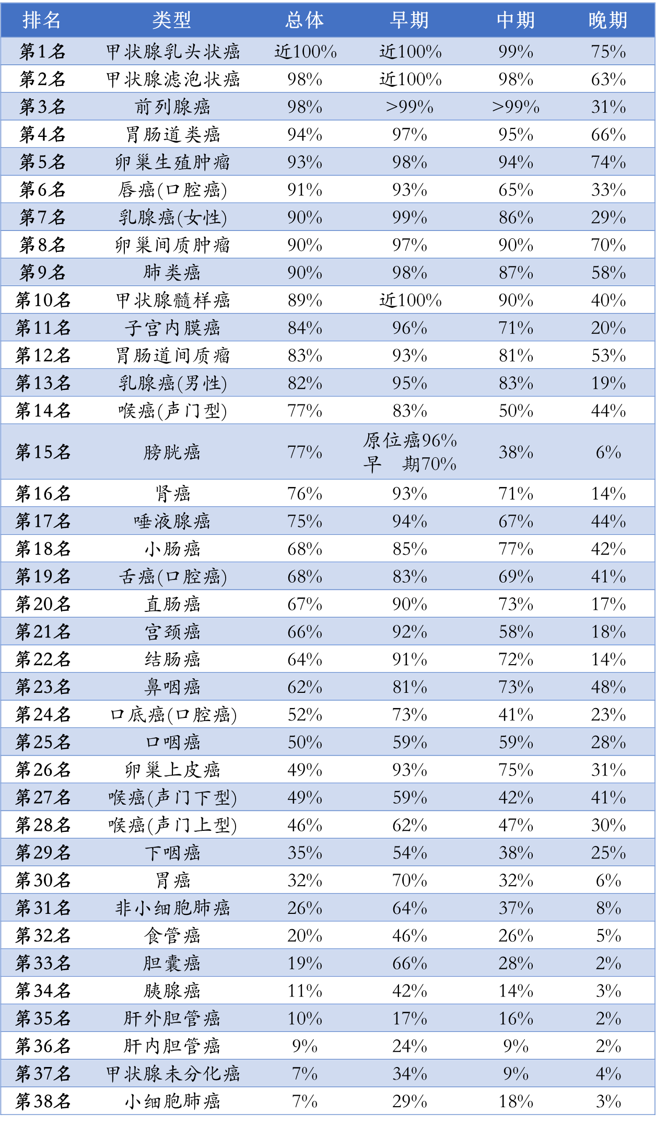
Interpretation:
1. The incidence rate of various cancers in China and the United States are not the same, but the treatment methods and main drugs are roughly the same, and the survival rates of various cancers are usually not different. These data are of great reference value, but liver cancer is very different between the two countries, and the reference value is low, so it is not included.
2. Non small cell lung cancer includes the most common lung adenocarcinoma and lung squamous cell carcinoma.
3. The reason why bladder cancer lists carcinoma in situ separately in the early stage is that the proportion of carcinoma in situ of other types of cancer is very low, but the proportion of carcinoma in situ of bladder cancer is relatively high, which is more common, so it is listed separately.
4. The surgical technique of gastric cancer in China is slightly better than that in the United States on the whole. The early and medium-term survival rate should be higher than that in the United States, but lower than that in Japan. The details are unknown. The survival rate of advanced gastric cancer should have little difference.
5. Among these 38 tumors and subtypes, the highest is thyroid papillary carcinoma, and the penultimate is undifferentiated thyroid carcinoma. The types of tumors from the same organ are the highest and almost the lowest.
6. In China, it is possible that pancreatic cancer is the malignant tumor with the worst prognosis, because except the United States, the overall 5-year survival rate of pancreatic cancer in almost all countries is less than 10%, and even in many countries, it is less than 5%, and China may not be able to achieve it.
7. Tumor types related to male and female gender: such as breast cancer, prostate cancer, cervical cancer, endometrial cancer, ovarian cancer, etc., the overall prognosis is good, of which ovarian cancer is the worst.
8. The 5-year survival rate of oropharyngeal cancer in the early and middle stages is 59%, which is not a clerical error, but it cannot be explained, and seer did not give the reason.
9. Among the 10 cancer types with the worst prognosis, digestive tract tumors account for 6, and the prognosis is indeed very poor.
Note: the specific prognosis data of various types of cancer are shown in the attached figure. There are too many data, so they are not listed one by one.
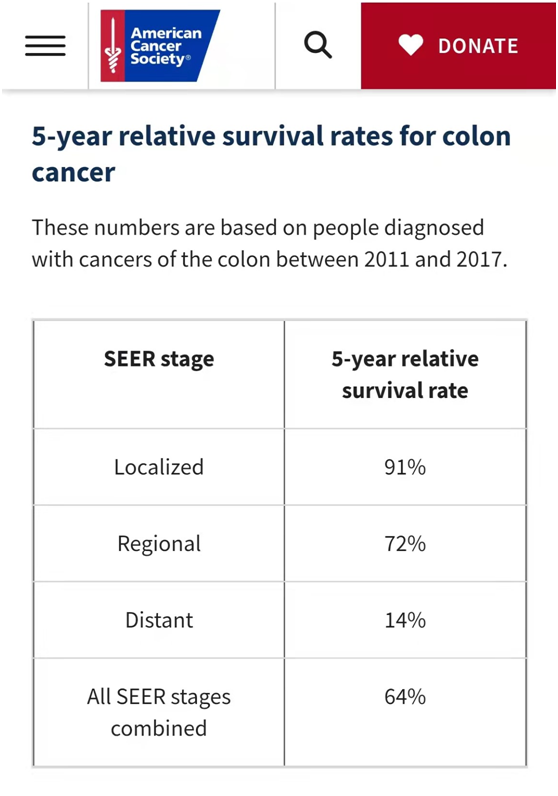
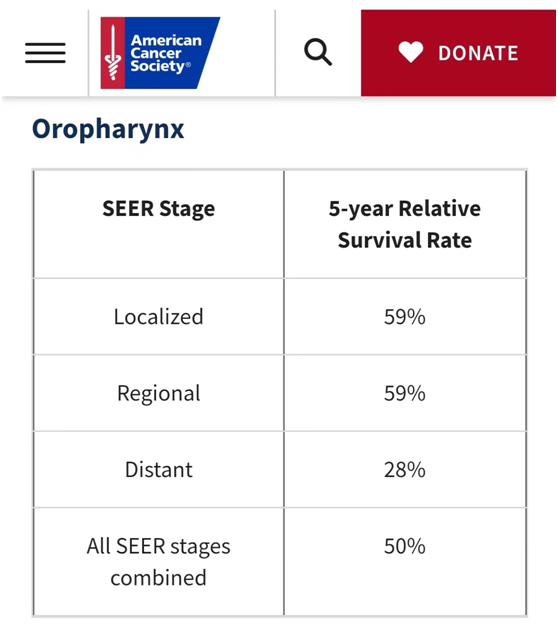
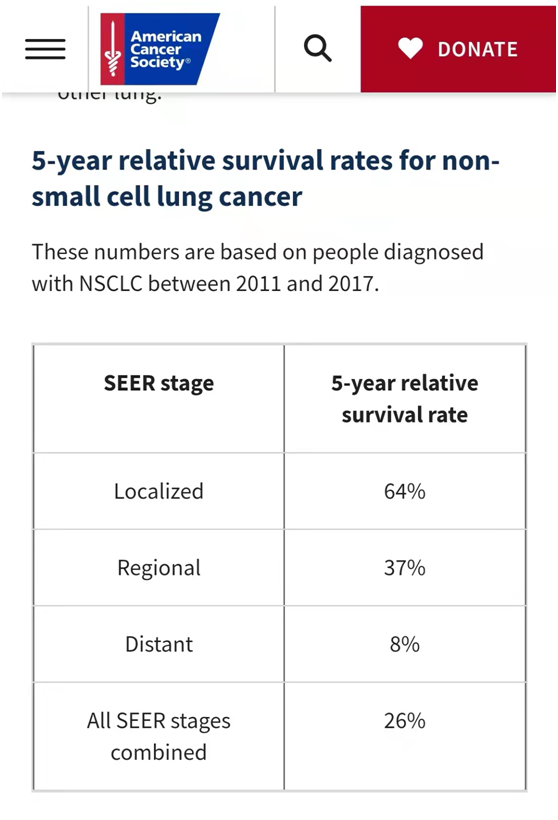
Original link:


